Marina Bay Sands offers "a new kind of public realm" says Moshe Safdie
Movie: in the first in a series of exclusive video interviews, AIA Gold Medal-winner Moshe Safdie talks about his most famous project since Habitat 67 – the gigantic Marina Bay Sands development in Singapore.
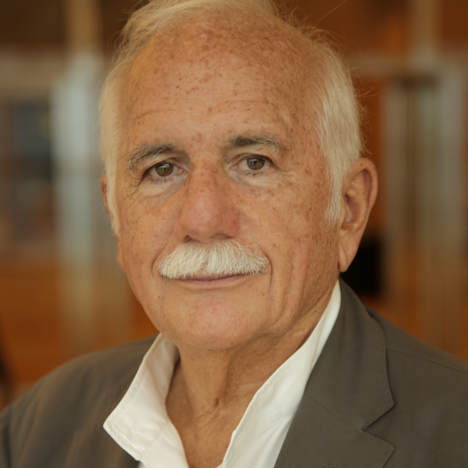
Isareli architect Moshe Safdie, who is now based in Boston, was named the 2015 recipient of the American Institute of Architects' highest accolade, last week.
He will receive the award almost 50 years after his ground-breaking Habitat 67 housing project in Montreal was presented at the 1967 World Expo as a vision for the future of cities, combining high-rise living with urban garden residences.
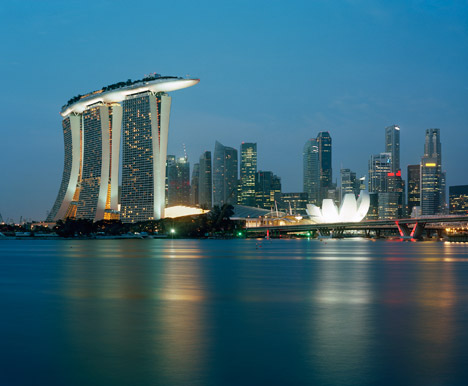
Following the popularity of the scheme, which led to a number of unrealised proposals for similar projects in various countries, Safdie built his firm around a series of public and education projects across North America and in Israel.
Marina Bay Sands – with its triple-tower centrepiece, topped by a sky garden that cantilevers out 65 metres from the side – was the 76-year-old architect's first major project in Asia, and put his firm "on the map" in the region when it opened in 2011.
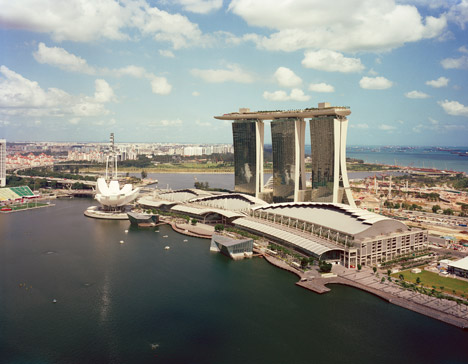
Its success has led to a number of major projects across Asia, including the Jewel Changi Airport in Singapore –a glass dome with a giant waterfall at its centre that aims to "reinvent what airports are all about" by introducing shared public space.
He is now revisiting some of the principles of Habitat 67 with the pyramid shaped housing towers of the Golden Dream Bay development in Qinhuangdao, China.
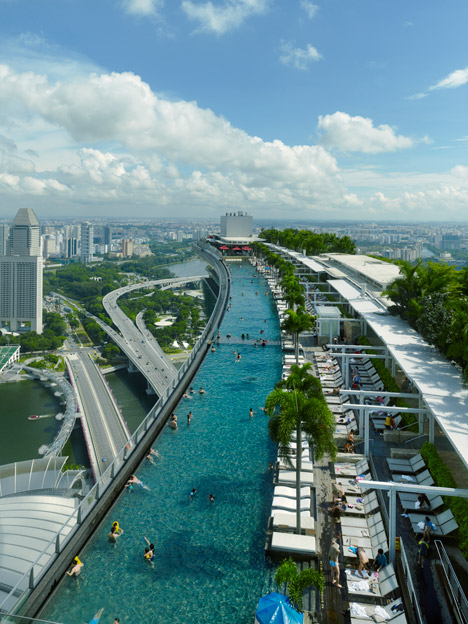
His "extrovert" design for the Marina Bay Sands development in Singapore offered an alternative approach to planning in Asian cities, he explains in the movie.
"I guess we won all the points in design because were responded to what we were very sympathetic to, making a building that is extrovert and connected to the city around it," he says.
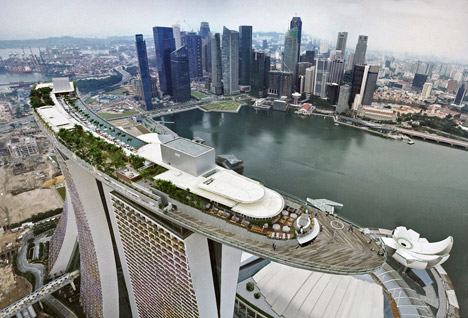
Safdie was speaking to Dezeen at the World Architecture Festival in Singapore earlier this year, where he used his closing keynote speech to call for a "reorientation" of the way cities are designed, saying that the vogue for skyscrapers and the privatisation of public space is creating cities that are "not worthy of our civilisation".
The 845,000 square metre Marina Sands complex – which also includes retail and museum buildings – is an example of how privately-funded architecture can be used to create a new type of public space, according to the architect.
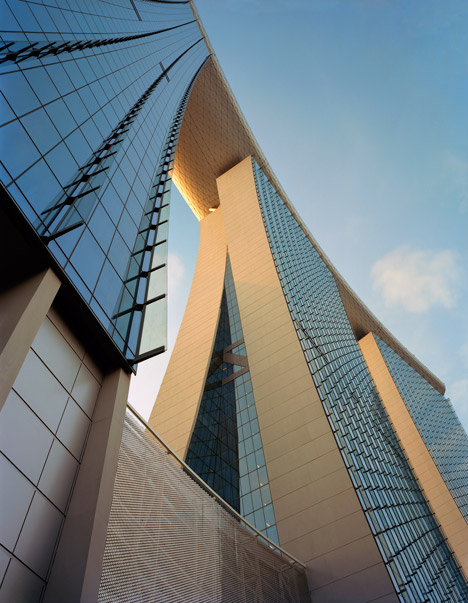
"It's all about rethinking and proposing a new kind of public realm, which is counter to the predominant typology of a cluster of towers sitting over a mall, turning it's back to the rest of the city – that's the dominant development type in Asian cities today," he says.
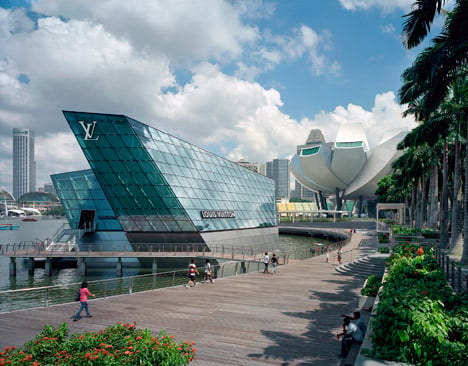
Photography is by Timothy Hursley unless specified otherwise.